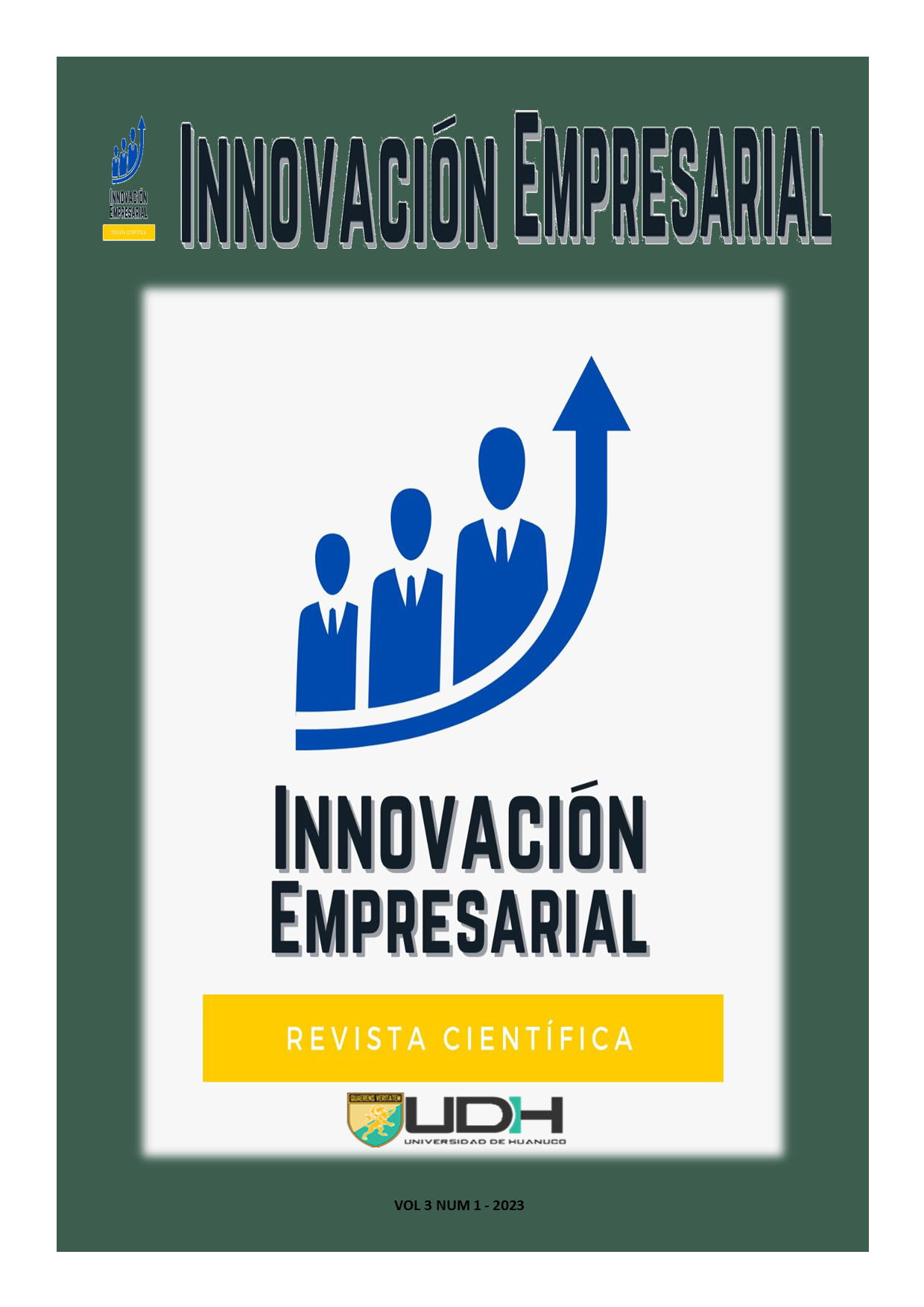El neuromarketing del k-pop: ¿un arte que seduce a los adolescentes?
DOI:
https://doi.org/10.37711/rcie.2023.3.1.21Palabras clave:
comportamiento del consumidor, decisión de compra, impacto visual, k -pop, marketing emocional, neuromarketingResumen
Objetivo. Analizar la situación actual del neuromarketing del k-pop en los estudiantes de la Institución Educativa Pública Julio Armando Ruiz Vásquez, Huánuco, 2022. Métodos. El estudio fue de tipo sustantivo descriptivo y contó con un enfoque cuantitativo y diseño no experimental-transversal. La muestra, seleccionada a través de la utilización del muestreo probabilístico (aleatorio estratificado), estuvo compuesta por 135 estudiantes a quienes, previo consentimiento informado, se les aplicó una encuesta. Resultados. Los resultados obtenidos del estudio sirvieron para delimitar las estrategias y elementos del neuromarketing que tienen un mayor impacto en los hábitos del consumidor adolescente del k-pop. Los elementos que indicaron resultados favorables fueron: a) según la dimensión marketing emocional, venta de emociones positivas (46,7 %) y sentido de pertenencia/identificación con el mensaje que transmite el k-pop (40 %); b) según la dimensión comportamiento del consumidor, decisión de compra ligada a la influencia de los idols en la industria de la moda (40 %); c) según la dimensión impacto visual, el uso de la estética bien cuidada (40 %) y coreografías llamativas (33,4 %). Conclusiones. El neuromarketing del kpop en términos de investigación y procesos emocionales, muestra su eficacia al momento de fidelizar a los consumidores adolescentes.
Descargas
Referencias
Chicoma, G. (2019). Neuromarketing y la decisión de compra en los consumidores de Coca-Cola en la ciudad de Huánuco, 2019 [Tesis de pregrado, Universidad de Huánuco]. Repositorio Institucional UDH. http://repositorio.udh.edu.pe/123456789/1949.
Flores, A. (2013). ¿K-pop, nueva opción de identidad peruana? COMUNI@CCION: Revista de Investigación en Comunicación y Desarrollo, 4(1), 38-45. https://www.redalyc.org/articulo.oa?id=449844866004
García, M. G. (2016). Influencia Cultural del K-pop en Jóvenes Limeños. Investigaciones Sociales, 21(39), 237–246. https://doi.org/10.15381/is.v21i39.14678
Harrell, H. (2019, 23 de enero). Neuromarketing: What You Need to Know. Harvard Business Review. https://hbr.org/2019/01/neuromarketing-what-you-need-to-know
Hernández, R., Fernández, C. y Baptista, M. (2014). Metodología de la investigación (6ª ed.). McGraw Hill.
Klein, E. (director). (2018, 30 de mayo). K -pop [episodio de serie de televisión]. Netflix.
Malfitano, O. (2007). Neuromarketing: Cerebrando negocios y servicios. Ediciones Granica S.A.
Mayhuascar, K. y Santivañez, V. (2015). La práctica del k-pop en jóvenes del distrito de Huancayo –2014 [Tesis de pregrado Universidad Nacional del Centro del Perú]. Repositorio Institucional UNCP. https://repositorio.uncp.edu.pe/bitstream/handle/20.500.12894/911/TTS_22.pdf?sequence=1&isAllowed=y
Salazar, C. (2011). La neurociencia del consumidor como horizonte de investigación, conceptos y aplicaciones. Un enfoque paradigmático. Universidad & Empresa, 13(21), 143–166. https://www.redalyc.org/pdf/1872/187222420007.pdf
Sánchez, H., Reyes, C. y Mejía, K. (2018). Manual de términos en investigación científica, tecnológica y humanística. Editorial Universidad Ricardo Palma.
Schiffman, L. y Lazar, L. (2010). Comportamiento del Consumidor. Pearson.
Descargas
Publicado
Número
Sección
Licencia
Derechos de autor 2023 Gianmarco Común Rojas, Lourdes Adriana Ramón Vilcas, Cecilia del Pilar Rivera López, Christian Martel-Carranza

Esta obra está bajo una licencia internacional Creative Commons Atribución 4.0.
Los autores retienen los derechos de propiedad intelectual de las obras publicadas en la RCIE, y ceden a la revista únicamente el derecho de primera publicación. Esto significa que los autores pueden reutilizar y difundir su trabajo posteriormente, siempre que se haga mención a la publicación original en esta revista y se respeten los términos de la licencia CC BY.
















